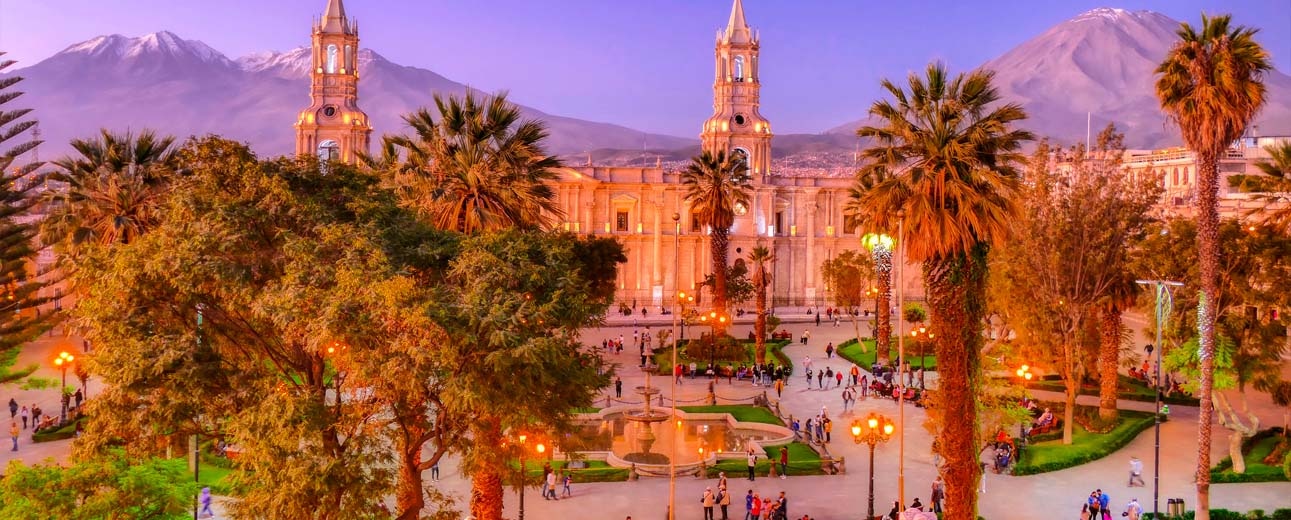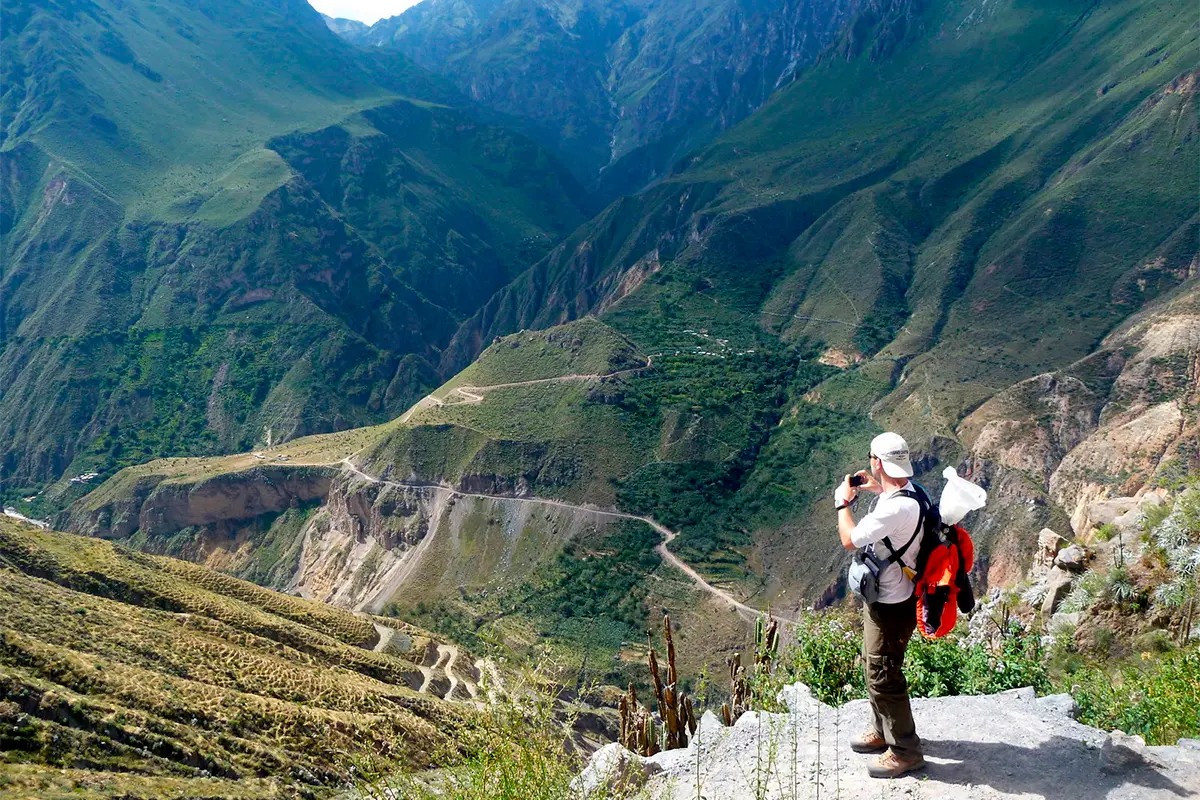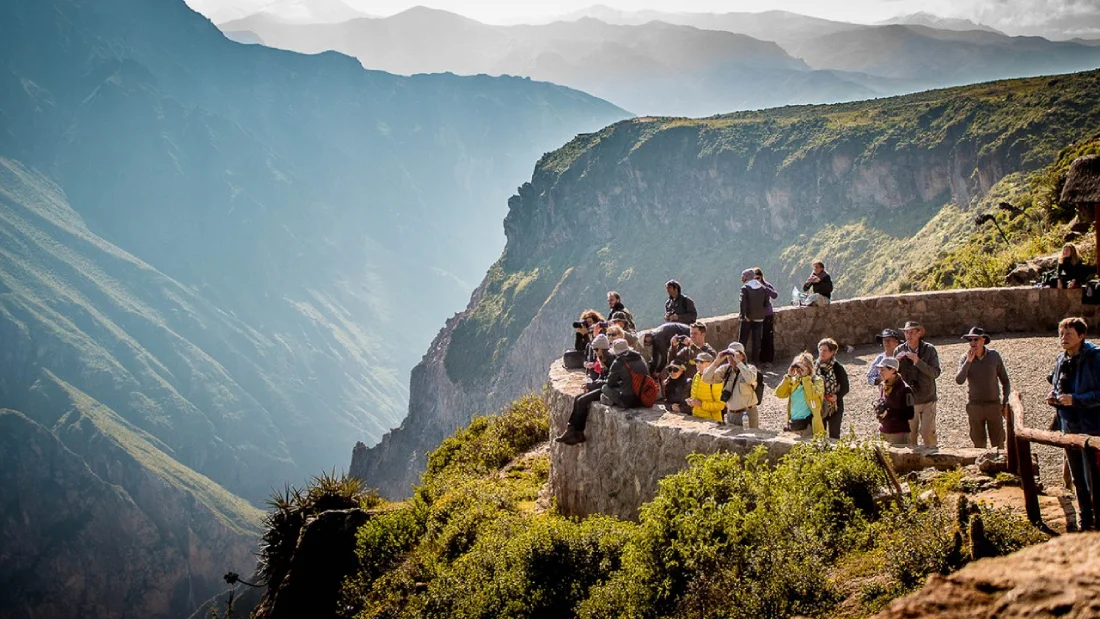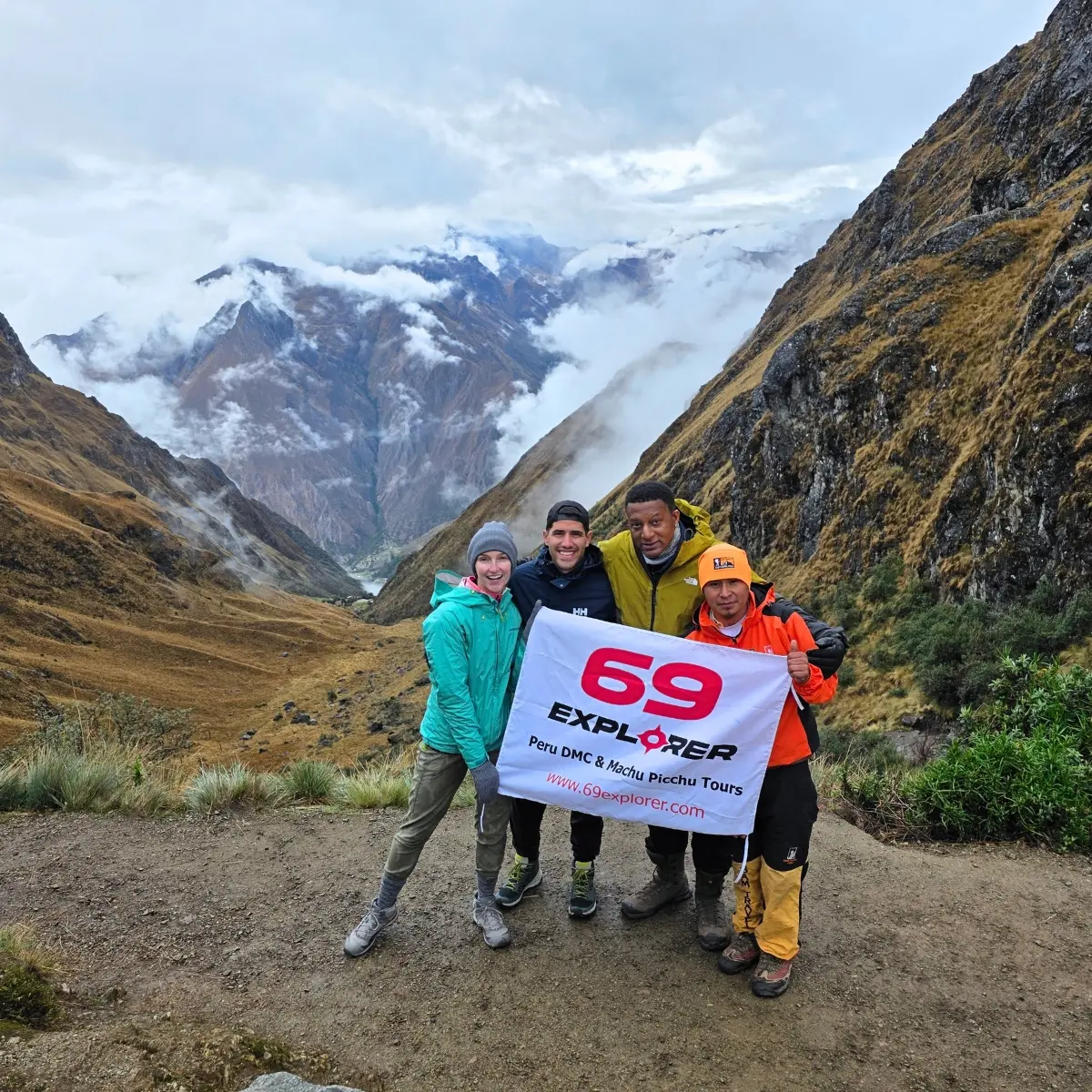Come and enjoy a city rich in culture, tradition and history
Welcome to the second most important city in Peru, Arequipa, presents an extraordinary opportunity to learn about its history, customs and traditions. As the capital of the region, it has an exclusive atmosphere, offering its visitors colonial streets, where volcanic ashlar stone walls can be seen, which were used for more than three generations, and currently house financial institutions, restaurants, galleries, museums, embassies, shopping centers, etc. Arequipa also has intangible reserves such as the Pampa Cañahuas forest park, and the Salinas & Aguada Blanca reserves, which is the ideal place for the exclusive habitat of the wild South American camelid animals “vicuñas, guanacos”. Llamas and alpacas are domesticated. Other natural beauties are the Colca and Cotahuasi valley and canyon, the Misti, Chachani, Ampato, Sabancaya volcanoes, the Mirador de los Andes, the lime kiln, hot springs in Chivay. Definitely worth a visit.
How to get to Arequipa?
By Plane
- From Lima: Flights take about 1 hour and 15 minutes, making this the fastest option.
- From Cusco: Direct flights are also available and take about 1 hour.
By Bus
- From Lima: The journey takes 14-16 hours, with various comfort levels offered by reputable bus companies.
- From Cusco: The bus ride takes approximately 10 hours, providing scenic views of the Andean highlands.
By Train
- From Cusco: There are scenic, less common train routes for those looking for a unique travel experience. Availability and schedules can vary, so checking in advance is recommended.
Delicious Gastronomy of Arequipa
Arequipa’s culinary scene is a testament to its rich cultural heritage, making it a paradise for food lovers. The city’s gastronomy is known for its bold flavors, unique ingredients, and traditional preparation methods that have been passed down through generations. Here are some standout dishes and culinary experiences to savor when visiting:
- Rocoto Relleno One of Arequipa’s most iconic dishes, rocoto relleno features a spicy red pepper stuffed with a savory filling of ground beef, onions, olives, and hard-boiled eggs, all baked under a cheesy crust. The dish perfectly balances spiciness and richness, making it a must-try.
- Adobo Arequipeño Adobo Arequipeño is a hearty pork stew marinated with chicha de jora (a traditional fermented corn drink), garlic, and local spices. Typically enjoyed as a breakfast dish, especially on Sundays, it pairs wonderfully with fresh bread and exemplifies the warmth of Arequipa’s cuisine.
- Ocopa Arequipeña This dish showcases the region’s use of fresh ingredients and vibrant flavors. Ocopa is made from boiled potatoes topped with a creamy sauce of huacatay (a Peruvian herb), peanuts, cheese, and aji amarillo. The rich, aromatic sauce is what makes this dish unique and delightful.
- Picanterías: The Heart of Tradition For a truly authentic experience, visiting a picantería is essential. These traditional eateries serve a variety of Arequipa’s beloved dishes in a communal setting. Here, you can sample chupe de camarones (shrimp chowder), cuy chactado (fried guinea pig), and other regional specialties.
- Desserts and Sweets No meal is complete without tasting some local sweets. Queso helado, a traditional frozen treat made with milk, cinnamon, and coconut, is perfect for cooling off after a spicy meal. It’s often sold by street vendors, adding to the charm of the experience.
- Beverages Pairing these dishes with local beverages such as chicha de jora or a pisco sour brings out the full spectrum of flavors. These drinks, deeply rooted in Peruvian culture, complement the region’s cuisine and enhance the overall dining experience.
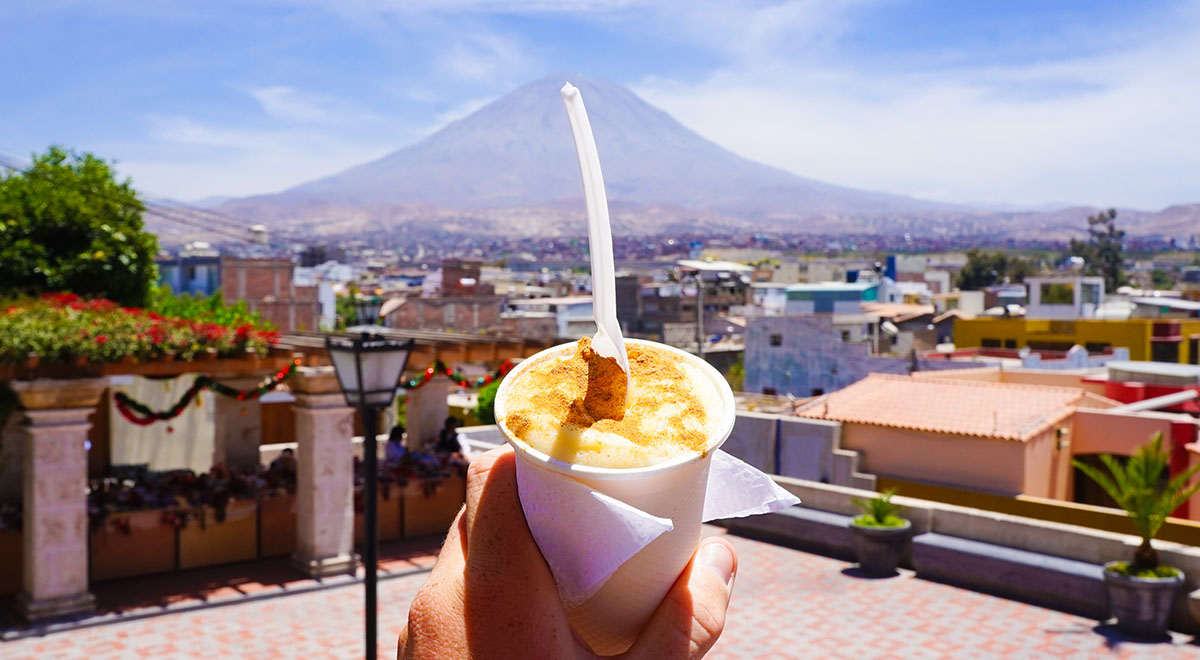
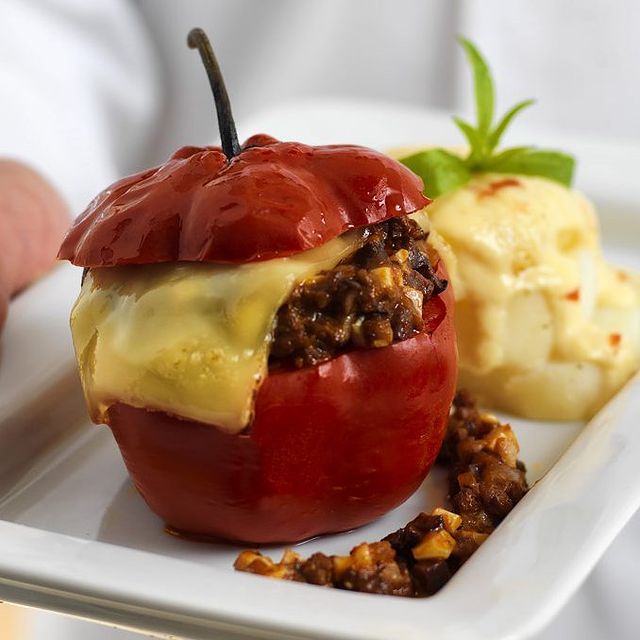
Pure adrenaline
If you are looking for more adventure, you can go trekking, mountaineering, rafting, or mountain biking in the Colca Valley. The ultimate destination will always be the majestic Colca Canyon, one of the deepest in the world, which welcomes tourists alert to admire the king of the Peruvian Andean skies: the majestic condor.
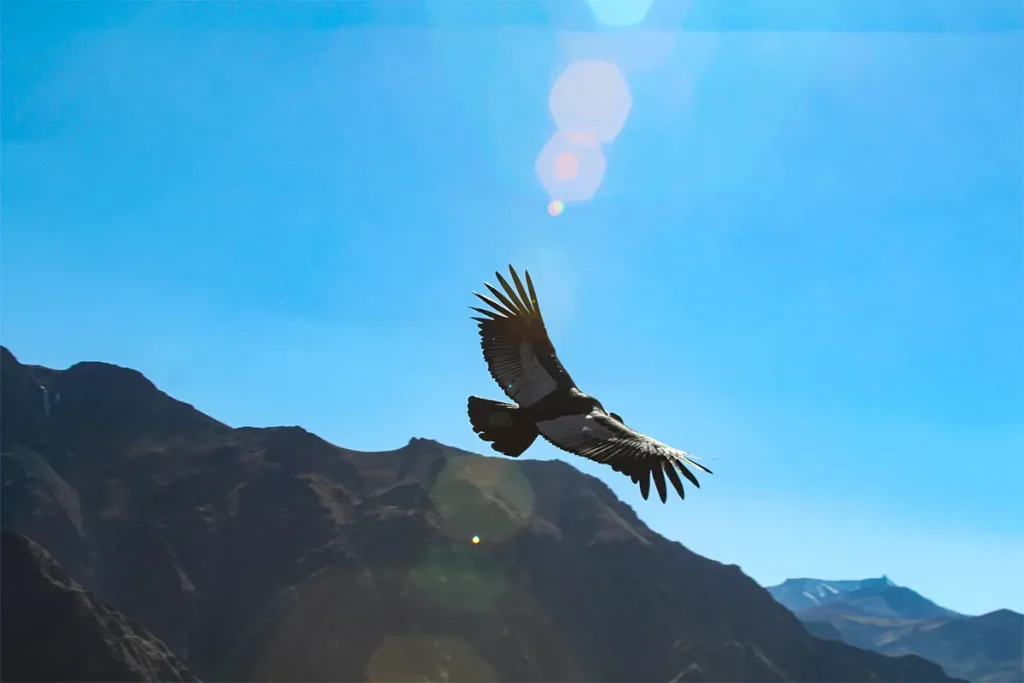
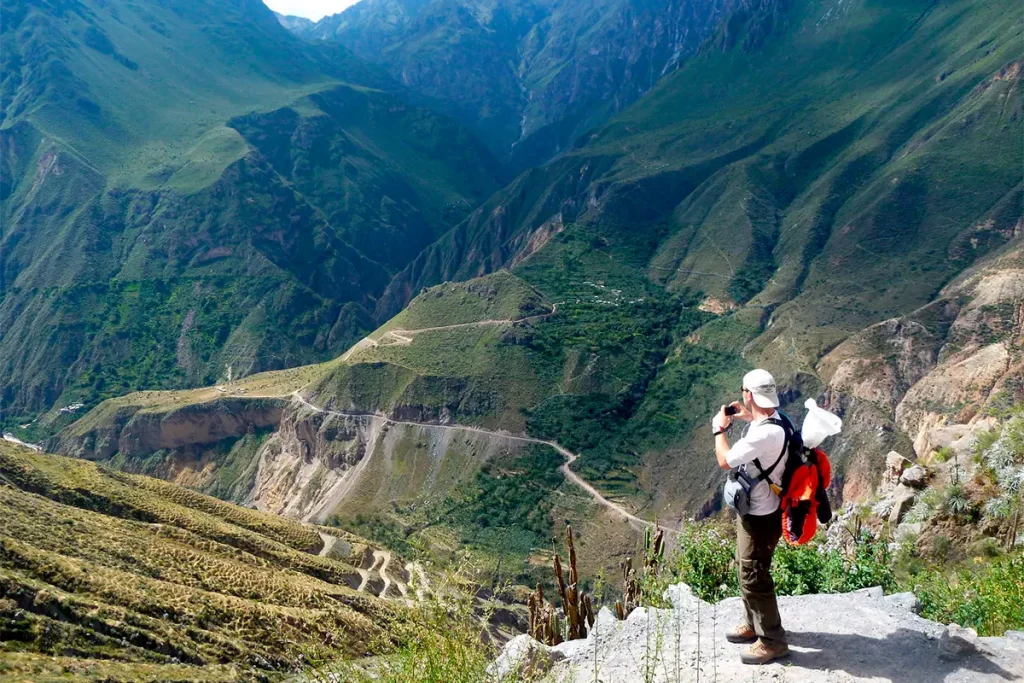
Museums and Historical buildings
Arequipa’s historic center, a UNESCO World Heritage Site, showcases the city’s rich blend of colonial and Andean heritage. Built from white volcanic sillar stone, its architecture gives Arequipa the nickname “La Ciudad Blanca.” Notable landmarks include the Santa Catalina Monastery, a vibrant 16th-century convent city within the city, and the Arequipa Cathedral, an imposing neoclassical structure dominating the Plaza de Armas. The Museo Santuarios Andinos houses the famous mummy “Juanita,” a remarkably preserved Inca girl found on Mount Ampato. Other highlights include the Casa del Moral and Museo de Arte Virreinal de Santa Teresa, both offering insight into colonial life and art. Together, these sites reflect Arequipa’s deep cultural history and architectural elegance.
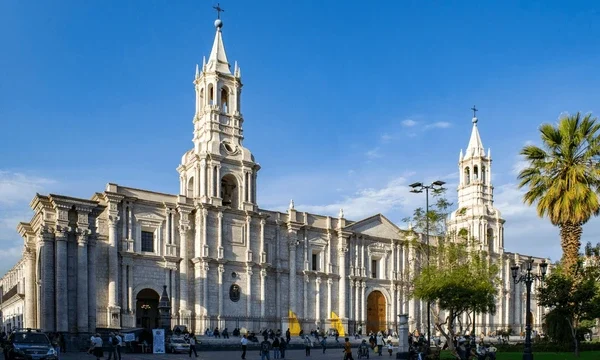
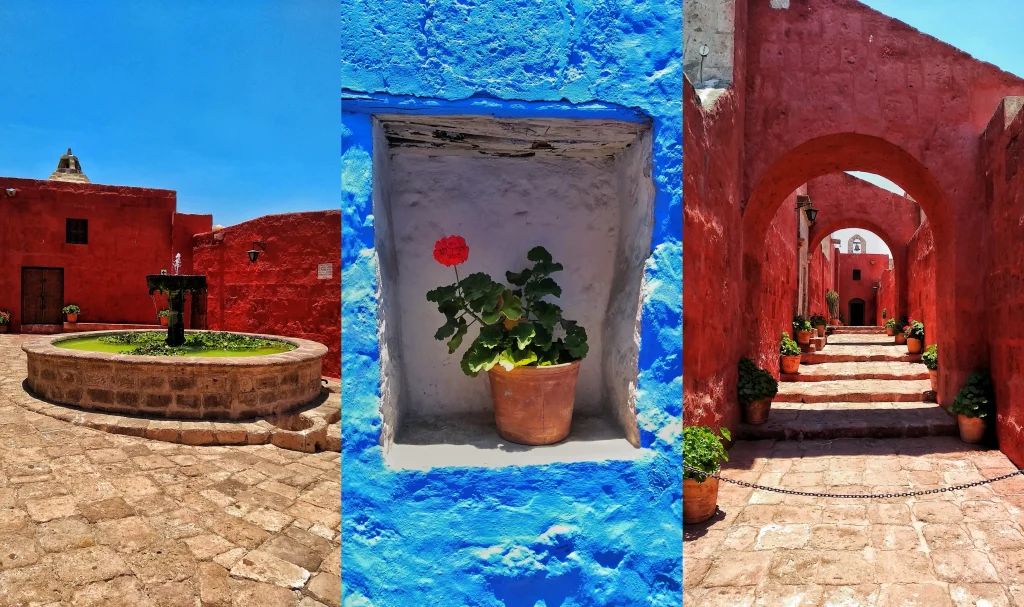
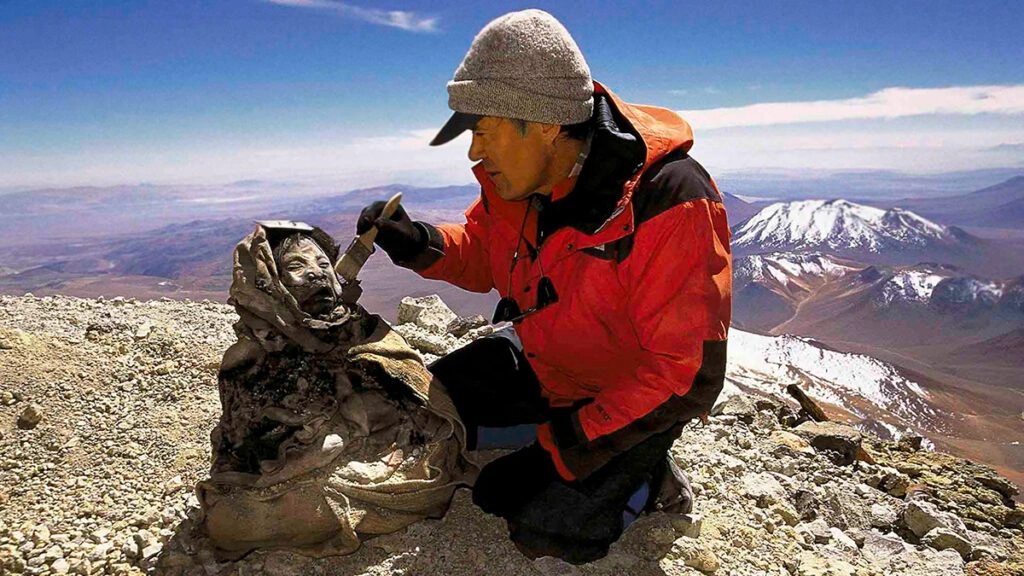

FAQS
Arequipa enjoys sunny days almost all year, earning its nickname “The White City” for its bright volcanic stone architecture that shines under the sun. The best time to visit is from April to November, during the dry season. Days are warm, skies are clear, and it’s perfect for exploring the historic center or heading toward the Colca Canyon. The rainy season (December to March) brings afternoon showers but also lush landscapes and fewer crowds.
Most travelers choose to stay near the historic center, where you’ll find colonial buildings, plazas, and restaurants within walking distance.
-Centro Histórico: Ideal for first-time visitors; close to the Plaza de Armas and main attractions.
-Yanahuara: A quieter area with traditional charm and panoramic views of the city and volcanoes.
-Cayma: A local favorite for boutique hotels and great food options.
All three areas are safe, well-connected, and full of character.
Spend at least 2 full days to explore the city, visit the Santa Catalina Monastery, Museo Santuarios Andinos, and enjoy the local cuisine.
If you’re heading to the Colca Canyon, plan for 3 to 4 days total—allowing time for the journey, overnight in Chivay or nearby villages, and a morning visit to the Cruz del Cóndor viewpoint.
Yes, Arequipa is one of Peru’s safest and most peaceful cities. The historic center is well-patrolled and friendly to visitors.
Still, as anywhere:
-Keep an eye on your belongings in markets and bus terminals.
-Use official taxis or ride apps for transport.
Avoid walking alone in isolated areas late at night.
Locals are welcoming and helpful, and you’ll likely feel at ease exploring on foot.
The city is compact and easy to navigate:
-Walking is the best way to explore the center’s cobblestone streets and landmarks.
-Taxis and ride apps (like Uber or InDriver) are affordable for longer distances.
-Tour buses or private transfers are convenient for day trips to viewpoints, the countryside, or Colca.
Public transport exists but is often crowded and not ideal for tourists.
Rodríguez Ballón International Airport is about 25 minutes from the city center.
-The easiest way to reach your hotel is by official airport taxi or a ride app.
-Prices are reasonable, and most hotels can arrange transfers in advance.
-Avoid unregistered drivers offering rides outside the terminal.
If you arrive during daylight, the drive offers great views of El Misti volcano—a perfect first impression of Arequipa.

